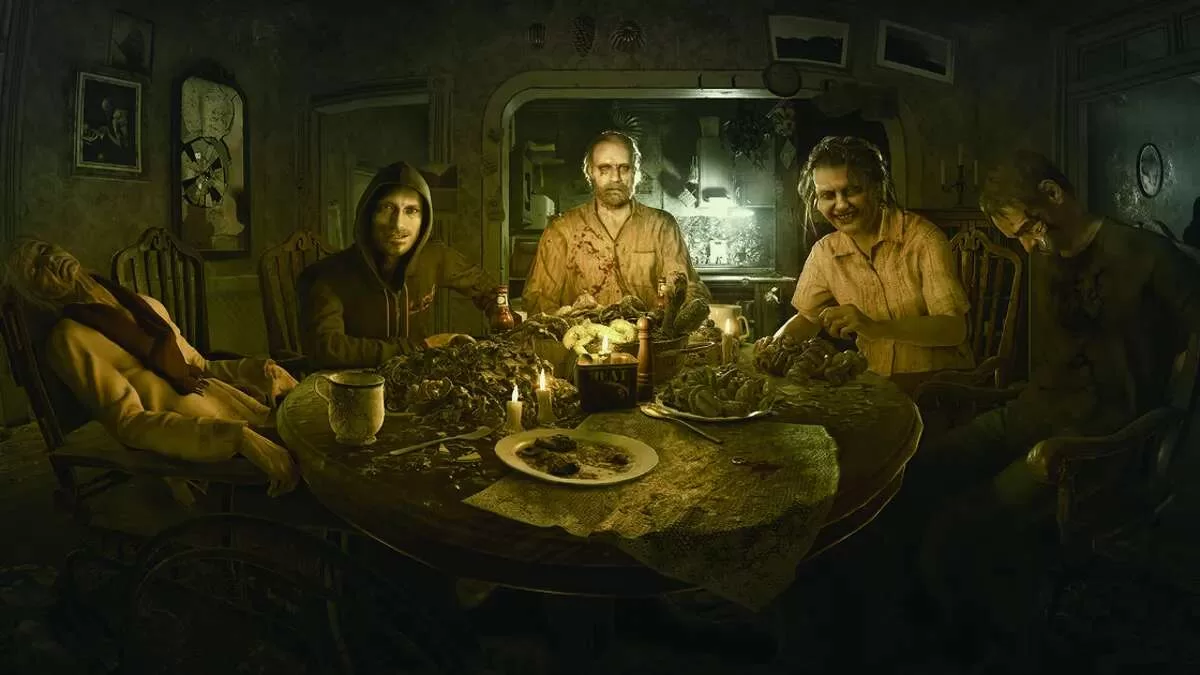Disclaimer: This post may contain affiliate links. As an Amazon associate, we earn from qualifying purchases. This means that we earn commissions for purchases you make after clicking on the links. This is at No extra cost to you. Read more here. Thank you for your support!
Game Masters (GMs) have long been known to draw inspiration from various media to enrich their game worlds, and it appears that Wizards of the Coast is no exception. The influence of Larian Studios’ Baldur’s Gate 3 on the mechanics of Dungeons & Dragons (D&D) is a testament to this trend. The recent updates to the D&D 2024 Player’s Handbook highlight how insights from Baldur’s Gate 3 have led to significant changes in spell mechanics, ensuring a more dynamic and enjoyable experience for players.
The Inspiration Behind the Changes
Lead designer Jeremy Crawford revealed on the official Dungeons & Dragons YouTube channel, via Eurogamer, that his experience with Baldur’s Gate 3 played a crucial role in updating the rules for certain spells. Crawford’s hands-on time with the game provided a practical understanding of how spell mechanics could be more fluid and engaging in both digital and tabletop formats.
Two spells, in particular, have undergone notable revisions:
Cloud of Daggers
- Previous Mechanic: Once cast, the spell remained stationary, limiting its strategic use.
- New Mechanic: The spell can now be moved around the battlefield, maximizing its damage potential and tactical flexibility.
Produce Flame
- Previous Mechanic: The Druid cantrip was cumbersome to cast, often disrupting the flow of play.
- New Mechanic: The cantrip is now easier to cast, reducing friction and enhancing its usability in both tabletop and digital formats.
The Role of Baldur’s Gate 3 in Influencing these Changes
Crawford noted that the revisions were not only inspired by tabletop play but also by his experiences in Baldur’s Gate 3. He found that certain spells were cumbersome in the game, prompting a rethink of their mechanics in D&D. The changes aim to reduce the “action economy” pain points, making spellcasting a smoother and more enjoyable experience.
Implications for D&D Players
These updates reflect a broader trend of integrating feedback from various platforms to enhance gameplay. By observing how spells perform in a digital environment, D&D developers can implement changes that benefit both new and seasoned players. The result is a more intuitive and engaging spellcasting system that enriches the overall D&D experience.
The collaboration between digital and tabletop gaming continues to push the boundaries of what is possible in role-playing games. The influence of Baldur’s Gate 3 on the D&D 2024 Player’s Handbook is a prime example of this synergy, promising a more dynamic and player-friendly approach to spellcasting. As GMs and players alike explore these new mechanics, the future of D&D looks brighter than ever, with inspiration drawn from the best of both worlds.
Disclaimer: This post may contain affiliate links. As an Amazon associate, we earn from qualifying purchases. This means that we earn commissions for purchases you make after clicking on the links. This is at No extra cost to you. Read more here. Thank you for your support!



